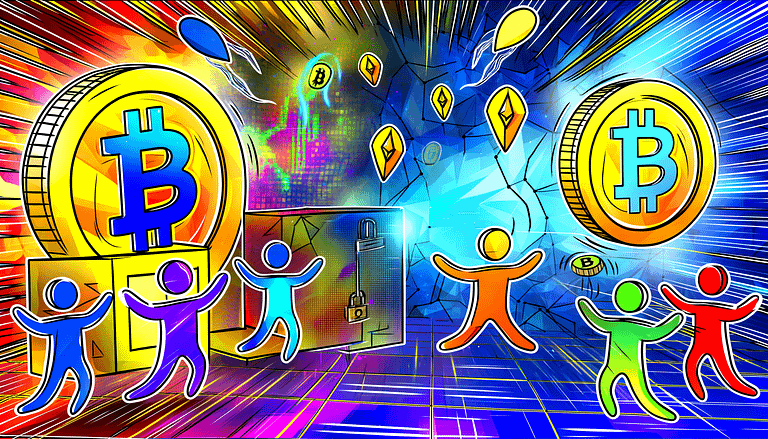Ethereum Inflation Rises Post-Merge Amid Upgrades
In A Nutshell
Ethereum has been experiencing its longest inflationary period since the transition to a proof of stake consensus mechanism, known as The Merge, in 2022. This inflationary trend, which has seen a continuous increase in the supply of Ethereum (ETH) for 73 consecutive days, can be attributed to the recent Dencun upgrade and its implementation of several Ethereum Improvement Proposals (EIPs), including the notable EIP-4844.
Understanding the Dencun Upgrade and Its Impact
The Dencun upgrade, implemented on March 13, introduced a series of modifications aimed at improving the efficiency and scalability of the Ethereum network. Among these, EIP-4844 stands out for its introduction of “blobs” – a mechanism designed to store transaction data separately and temporarily. This innovation is aimed at reducing the costs associated with storage and processing of block data on Ethereum’s layer 2 networks, such as Arbitrum and Optimism.
Furthermore, the upgrade facilitated proto-danksharding, enhancing data availability for block space on the Ethereum mainnet. These advancements have led to a significant reduction in transaction costs on Ethereum layer 2 networks. However, they have also resulted in a substantial decrease in the amount of ETH burned on the mainnet, contributing to the observed inflationary trend.
Examining the Effects on Ethereum’s Supply
Since April 14, the supply of ETH has increased by over 112,000 units, marking a significant influx into the overall supply. Despite this inflationary period, it’s important to note that the total supply of ETH has decreased notably since The Merge, thanks to the burning of more than 1.5 billion ETH. This burning mechanism, offset by the addition of 1.36 billion ETH, has resulted in a net reduction of 345,000 ETH in total supply, equivalent to over $1.1 billion at current market prices.
Our Take
The ongoing inflationary trend in Ethereum’s supply is a direct outcome of the network’s continuous efforts to evolve and adapt through upgrades like Dencun. While the increase in supply may raise concerns among investors and users, it’s essential to consider the broader context of Ethereum’s transition to a proof of stake model and its long-term implications for scalability, efficiency, and sustainability. These developments underscore Ethereum’s commitment to fostering innovation while managing the challenges inherent in maintaining a decentralized, secure, and highly functional blockchain ecosystem.
Despite the short-term inflationary pressures, the substantial amount of ETH burned since The Merge indicates a strong undercurrent of deflationary mechanics within Ethereum’s economy. As the network progresses and adapts, these dynamics are expected to balance out, reinforcing Ethereum’s position as a leading platform for decentralized applications and finance. Investors and users should remain attentive to Ethereum’s ongoing upgrades and their potential impacts on the network’s supply dynamics and overall ecosystem health.







